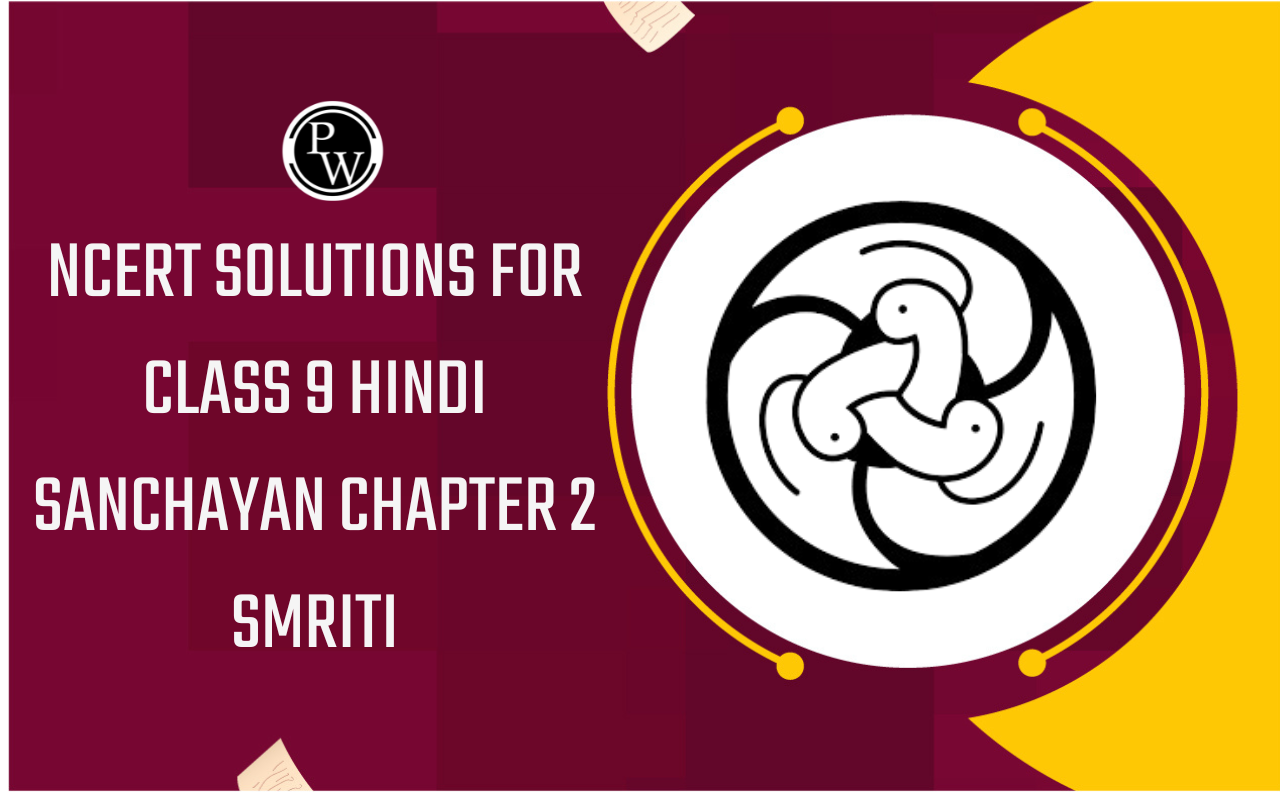
Squares & Square Roots
Squares & square Roots of Class 7
We have already studied that the square of a number is the product of the number with the number itself. For example a given number is x, the square of x is (x x x), denoted by x 2 .
e.g. (9) 2 = 9 x 9 = 81
(5) 2 = 5x 5 = 25
(10) 2 = 10x 10 = 100
(1.2) 2 = 1.2x 1.2 = 1.44
Perfect Squares or Square Numbers
A natural number is called a perfect square or a square number if it is the square of some natural numbers. It is always expressible as the product of equal factors.
e.g.
49 = 7x 7 = 7 2
144 =2 x 2 x 2 x 2 x 3 x 3 = 12x 12 = 12 2
225 = 5x 5x 3 x 3 = 15x 15 = 15 2
1000= 2 x 2 x 5x 5 = 10x 10 = 10 2
Example. Show that 500 is not a perfect square.
Ans. Resolving 500 in to prime factors, we get
500 = 2 x 2 x 5x 5 x 5
Making pairs of equal factors, we find that 5 is unpaired
Hence 500 is not a perfect square.
Properties of Perfect Squares
Example 1. A number ending in 2, 3, 7 or 8 is never a perfect square
e.g. 62,103,113,148 ,237,107.
Example 2. A number ending in an odd number of zeros is never a perfect square.
e.g. 10,3000 , 13000, 120, 100000.
Example 3. The square of a even number is always even.
e.g. 12 2 = 144, 16 2 = 256 30 2 = 900 etc.
Example 4. The square of an odd number is always odd.
E.g. 5 2 = 25, 7 2 = 49, 13 2 =169, 11 2 = 121 etc.
Example 5. The square of a proper fraction is smaller than the fraction.
e.g.
 and
and
 since 9x 5 < 25x 3.
since 9x 5 < 25x 3.
Example 6. For every natural number n we have
(n + 1) 2 – n 2 = (n + 1 + n) (n + 1 – n) = {(n + 1) + n}
{(25) 2 – (24) 2 } = (25 + 24) = 49
{(70) 2 – (69) 2 } = (70 + 69) = 139
Example 7. For every natural number n, we have sum of the first n odd natural numbers = n 2
E.g. {1+3+5+7+9+11+13}=Sum of first 6 odd numbers=6 2 =36
{1+3+5+7+9+11+13+15+17+19}}=Sum of first 10 odd numbers=10 2 =100
Pythagorus Triplets
A triplet (m, n, p) of three natural number. m, n and p is called a Pythagoras triplet of m 2 + n 2 = p 2
E.g. (3, 4, 5) (5, 12, 13), (8, 15, 17), etc.
Example 8. For every natural number m greater than 1, (2m, m 2 – 1, m 2 + 1) is a Pythagoras triplet.
Find the Pythagoras triplet where smallest number is 10.
Ans. For every natural number m > 1, (2m, m 2 – 1, m 2 + 1) is a Pythagoras triplet
For every natural number m > 1, (2m, m 2 – 1, m 2 + 1) is a Pythagoras triplet.
Put 2m = 12 m = 6
m 2 – 1 = 35
m 2 + 1 = 36
triplet (12, 35, 37)
Some Interesting Patterns of Square Numbers

Sum of first two is 4
Sum of second and third is 9
Sum of third and forth is 16… and so on
Thus n
th
triangular number is given by

Part I. There are 2n non-perfect square numbers between two consecutive square number n 2 and (n + 1) 2 .
e.g. Between the number 5 2 and4 2 .Total 8 numbers are between these two numbers.
Between the number 50 2 and49 2 .Total 98 numbers are between these two numbers.
Part II. The sum of first n odd natural numbers in n 2
n = 1 1 = 1 = 1 2
n = 2 1 + 3 = 4 = 2 2
n = 3 1 + 3 + 5 = 9 = 3 2
n = 4 1 + 3 + 5 + 7 = 16 = 4 2
n = 5 1 + 3 + 5 + 7+9 = 25 = 5 2
n=10 1+3+5+7+9+11+13+15+17+19 =10 2
Part III. If 1 is added to the product of two consecutive odd natural numbers, it is equal to the square of the only even natural number between them.
In general
(2n – 1) x (2n + 1) + 1 = 4n 2 = (2n) 2
this pattern is very useful to find the result
1 x 3 + 1 = 4 = 2 2
3 x 5 + 1 = 16 = 4 2
5 x 7 + 1 = 36 = 6 2
7 x 9 + 1 = 64 = 8 2 etc.
In reverse way we can factorize (2n) 2 -1 in two factors as (2n – 1) x (2n + 1)
Part I V . If 1 is added to the product of two consecutive even natural numbers, it is equal to the square of the only odd natural number between them.
In general
2n (2n + 2) + 1 = 4n 2 + 4n + 1 = (2n + 1) 2
E.g
2 x 4 + 1 = 9 = 3 2
4 x 6 + 1 = 25 = 5 2
6 x 8 + 1 = 49 = 7 2
8 x 10 + 1 = 81 = 9 2
10x 12 + 1 = 121 = 11 2
12x 14 + 1 = 169 = 13 2
and so on ………………
In reverse way we can factorize (2n + 1) 2 -1 in two factors as 2n (2n + 2)= 4n(n+1)
Part V. Squares of natural numbers having all digits 1 follow the following pattern.
11 2 = 121
111 2 = 12321
1111 2 = 1234321
11111 2 = 123454321
111111 2 = 12345654321
and so on …………
we can use this in many ways as
22 2 = 4 x121=484
333 2 = 9 x12321 =110889
222222 2 = 4 x12345654321= 49382737284
Using suitable patterns, compute the following
(i)
 (ii)
(ii)

Ans. We have the following pattern
11 2 = 121
111 2 = 12321
1111 2 = 1234321
11111 2 = 123454321
111111 2 = 12345654321
(i)
 = 81.
= 81.
(ii)
 = 49.
= 49.
Part VI. Observe the following pattern
7 2 = 49
67 2 = 4489
667 2 = 444889
6667 2 = 4444889
66667 2 = 44444889
and so on
Some Short–Cuts to Find Squares
Three column method – This method is based upon an old Indian method of multiplying two numbers. It is convenient for finding squares of two digit numbers only. This method uses the identity (a + b) 2 = a 2 + 2ab + b 2
Step I : Make three columns and write the value of a 2 , 2 x a x b and b 2 respectively in these columns as follows:
As an illustration let us take ab = 34 = 3x10+4
a = 3 and b = 4
| Column-I | Column-II | Column-III |
|
a 2
9 |
2 x a x b
24 |
b 2
16 2222 |
Step II : Undertake the units digit of b 2 ( in column III) and add its tens digit, if any, to 2 x a x b (n column II)
| Column-I | Column-II | Column-III |
| 9 |
24
+1 25 |
1 6 2222 |
Step III : Undertake the units digit in column II and add the number forward by tens and other digit, if any to a 2 in column II.
|
Column-I
a 2 |
Column-II
2 x a x b |
Column-III
b 2 |
|
9
+2 |
24
+1 |
1 6 2222 |
| 11 | 25 |
Step IV : Under the number in column I
|
Column-I
a 2 |
Column-II
2 x a x b |
Column-III
b 2 |
|
9
+2 11 |
24
+1 2 5 |
1 6 2222 |
| 11 | 5 | 6 |
Step V: Write the understual digits at the bottom of each column to obtain the square of the given number.
In this case, we have 34 2 = 1156.
Some Particular Methods
Rule1: The square of a number of the form a 5 (where a is tens digit and 5 is units digit) is the number which each in 25 and has the number a(a + 1) before 25.
Example: Find the squares of the following numbers
- 45
- 95
- 85
Ans. 1. Here we have
a = 4=> a(a + 1) = 4× 5 = 20
(45) 2 = 2025
2. Here, we have
a = 9 => a(a + 1) = 9 x 10 = 90
\95 2 = 9025.
3. Here, we have
a = 8=> a(a + 1) = 8x 9 = 72
75 2 = 7225.
Rule 2 : The square of a number of the form ( 5x 10 + a ) (where a is units digit and 5 is ten digit) is equal to
(25 + a) x 100 + a 2
(5 a) 2 = (25 + a) x 100 + a 2
Example : Find the squares of the following numbers
- 51
- 53
- 56
Ans. 1. Here, we have
a = 1
(51) 2 = (25 + 1) x 100 + 1 2 = 2600 + 01 = 2601.
2. Here, we have
a = 3
(53) 2 = (25 + 3) x 100 + 3 2 = 2800 + 09
= 2809
3. Here, we have
a = 6
(56) 2 = (25 + 6) x 100 + 6 2 = 3100 + 36 = 3136.
Rule 3 : The square of a three digit number (5x 100+ ax10 +b) (where a,b are integers from 0 to 9.
(5x 100+ ax10 +b) 2 = (250 + ab) x 1000 + (ax10 + b) 2
Example: Find the squares of the following numbers
- 516
- 513
- 504
Ans. 1. Given number is 516
a = 1, b= 6
(516) 2 = (250 + 16) x 1000 + (16) 2
= 266000 + 256
= 266256.
2. Here, we have
a = 1, b = 3
(513) 2 = (250 + 13) x 1000 + (13) 2
= 263000 + 169
= 263169.
3. Here, we have
a = 1, b = 3
(504) 2 = (250 + 04) x 1000 + (04) 2
= 254000 + 16
= 254016.
Rule 4 : The square of a number abc…..5 (i.e., a number having 5 at units place is obtained by affixing 25 to we right of the number n(n + 1), where n = abc….
Example: Find the square of the following numbers
- 225
- 265
- 1235
Ans. 1. 225
Here n = 22
n(n + 1) = 22 x 23
= 506
Hence 225 2 = 50625
2. 265
Here n = 26
n(n + 1) =26x 27
= 702
Hence 225 2 = 70225
3. 1235
Here n = 123
(n + 1) = 123 x 124
= 15252
Hence 1235 2 = 1525225
Related Pages









